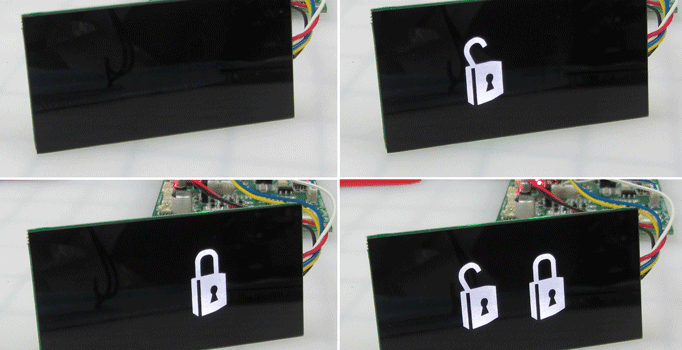MrG.
Mechanical
- Nov 18, 2015
- 5
Hi, I work as a product designer an am trying copy a detail that Bose have on their head phones. Essentially they have what looks like flat black ABS plastic back light with some LEDS. Next to the LED is a printed symbol (Pad printing I think).
How do they create this clever effect with the LEDs?
At first I thought the plastic might have been translucent and that the black coating had been printed on the the outside. However, as you can probably see in the image, I tried scratching away on the top black surface to find that it looks like this whole chunk of material is black ABS. See image attached.
So how do they get the light through?
Is the wall thickness where the LEDs are super thin? But I tried poking the left one and it seems pretty tough.
Is there a hole all the way through the black ABS where the LEDs are and they insert some very tight fitting light guides/pipes?
Any thoughts/comments would be really appreciated. Thanks.
Greg
How do they create this clever effect with the LEDs?
At first I thought the plastic might have been translucent and that the black coating had been printed on the the outside. However, as you can probably see in the image, I tried scratching away on the top black surface to find that it looks like this whole chunk of material is black ABS. See image attached.
So how do they get the light through?
Is the wall thickness where the LEDs are super thin? But I tried poking the left one and it seems pretty tough.
Is there a hole all the way through the black ABS where the LEDs are and they insert some very tight fitting light guides/pipes?
Any thoughts/comments would be really appreciated. Thanks.
Greg


